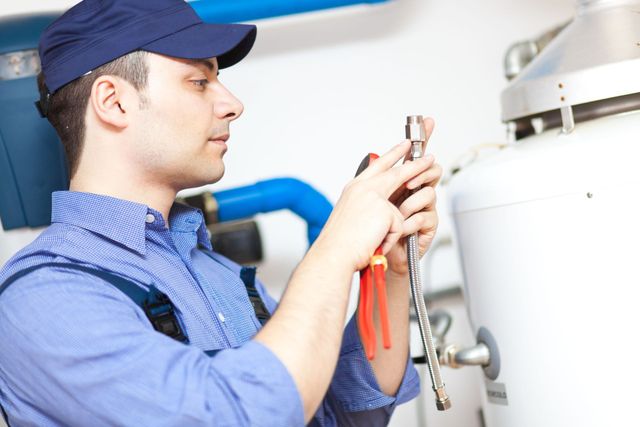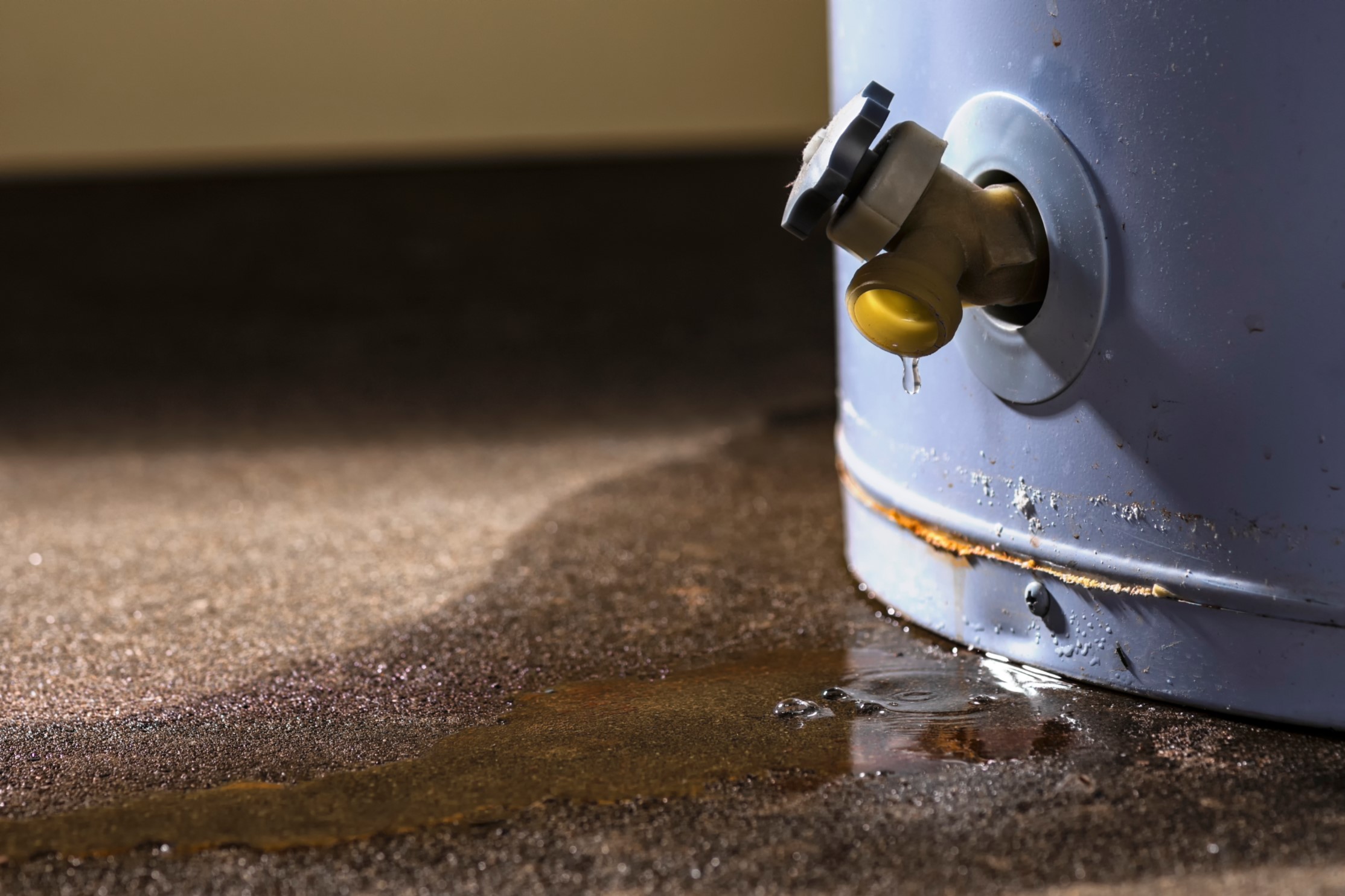What're your beliefs about What Kind of Maintenance Do Water Heaters Need??

Warm water is important for day-to-day comfort, whether it's for a rejuvenating shower or cleaning dishes. To guarantee your warm water system runs effectively and lasts much longer, routine upkeep is key. This short article gives sensible ideas and understandings on how to maintain your home's warm water system to avoid disruptions and pricey repairs.
Intro
Keeping your home's hot water system could seem complicated, but with a few basic actions, you can ensure it runs efficiently for years to find. This guide covers every little thing from recognizing your warm water system to do it yourself upkeep tips and knowing when to contact specialist help.
Importance of Preserving Your Warm Water System
Normal upkeep not only prolongs the life expectancy of your hot water system however additionally guarantees it runs efficiently. Overlooking upkeep can bring about lowered efficiency, higher energy expenses, and also early failing of the system.
Indicators Your Warm Water System Demands Upkeep
Recognizing when your warm water system needs attention can stop significant concerns. Keep an eye out for signs such as inconsistent water temperature, unusual noises from the heating unit, or corroded water.
Comprehending Your Warm Water System
Prior to diving right into upkeep jobs, it's handy to recognize the basic components of your hot water system. Typically, this includes the water heater itself, pipes, anode rods, and temperature controls.
Regular Monthly Maintenance Tasks
Routine regular monthly checks can assist catch minor problems before they rise.
Purging the Hot Water Heater
Purging your hot water heater gets rid of debris build-up, boosting performance and lengthening its life.
Monitoring and Changing Anode Rods
Anode poles stop deterioration inside the storage tank. Checking and changing them when worn is important.
Checking and Changing Temperature Settings
Adjusting the temperature setups makes certain ideal performance and safety.
DIY Tips for Upkeep
You can execute a number of maintenance tasks on your own to maintain your warm water system in top condition.
Checking for Leakages
Consistently evaluate pipelines and connections for leaks, as these can lead to water damages and greater expenses.
Evaluating Stress Alleviation Valves
Evaluating the pressure safety valve guarantees it works correctly and prevents too much stress buildup.
Insulating Pipelines
Protecting hot water pipelines minimizes warm loss and can save power.
When to Call an Expert
While DIY upkeep is helpful, some issues call for expert proficiency.
Complex Concerns Needing Specialist Assistance
Examples consist of major leaks, electrical troubles, or if your water heater is consistently underperforming.
Routine Specialist Maintenance Benefits
Expert maintenance can consist of comprehensive examinations, tune-ups, and making sure compliance with safety and security standards.
Verdict
Routine upkeep of your home's hot water system is essential for effectiveness, longevity, and expense savings. By complying with these tips and understanding when to seek expert help, you can make sure a dependable supply of warm water without unanticipated interruptions.
How to Maintain an Instant Hot Water Heater
Before tinkering with your hot water heater, make sure that it’s not powered on. You also have to turn off the main circuit breaker and shut off the main gas line to prevent accidents. Also turn off the water valves connected to your unit to prevent water from flowing into and out of the appliance. 2. When you’re done, you have to detach the purge valves’ caps. These look like the letter “T†and are situated on either side of the water valves. Doing so will release any pressure that has accumulated inside the valves while at the same time avoid hot water from shooting out and burning your skin. 3. When the purge valves’ caps are removed, you have to connect your hosing lines to the valves. Your unit should have come with three hoses but if it didn’t, you can purchase these things from any hardware or home repair shops. You can also get them from retail stores that sell water heating systems. Read the user’s manual and follow it to complete this task properly. When the hosing lines are connected, open the purge port’s valves. 4. You should never use harsh chemical cleaners or solutions when cleaning your unit. Make use of white vinegar instead. It should be undiluted and you’ll probably use about 2 gallons. 5. Now flush your water heater. This task should probably take about 40 minutes. We can’t give you specific directions for this because the procedure is carried out depending on the type, model and brand of your heater. With that being said, refer to the user’s manual. 6. When you’re done draining the unit, you have to turn off the purge port valves again. Remove the hosing lines that you earlier installed on each of the water valves. Put the valve caps (purge port) back in their respective places and be very careful so as not to damage the rubber discs that are found inside these caps. 7. Now that everything’s back in place, check your user’s manual again to find out how to reactivate your water heating system. 8. Once it is working, turn one of your hot water faucets on just to let air pass through the heater’s water supply pipes. Leave the tap on until water flows smoothly out of it. https://www.orrplumbing.com/blog/2014/september/how-to-maintain-an-instant-hot-water-heater/

As a devoted person who reads on Water Heater Maintenance Tips You Can't Afford to Forget, I figured sharing that short article was essential. Enjoyed our posting? Please share it. Let others locate it. Thank you so much for your time spent reading it.
Book Today